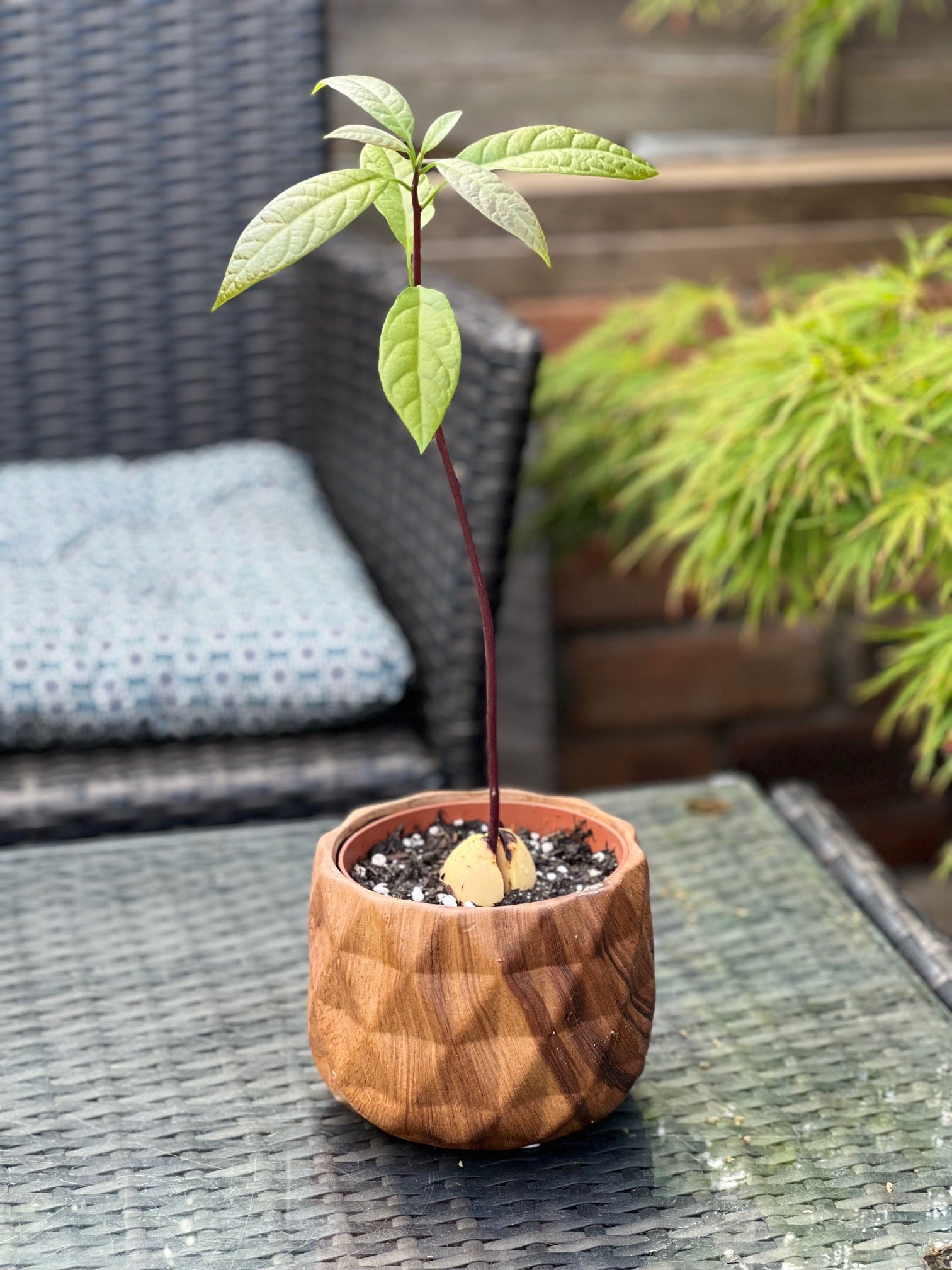
The Avocado Plant: A Comprehensive Guide
Introduction
The avocado plant, also known as Persea americana, is a versatile and popular fruit tree that is native to Central and South America. It is prized for its creamy texture, rich flavor, and numerous health benefits. In this article, we will delve into the various aspects of the avocado plant, from its origin and cultivation to its nutritional value and culinary uses.
Origin and Cultivation
The avocado plant is believed to have originated in Mexico, where it has been cultivated for thousands of years. It was first domesticated by the ancient Mesoamerican civilizations, such as the Aztecs and the Mayans, who valued the fruit for its delicious taste and nutritional properties. Today, avocados are grown in many tropical and subtropical regions around the world, including California, Florida, and Israel.
Varieties of Avocado Plants
There are hundreds of different varieties of avocado plants, each with its own unique characteristics and flavor profiles. Some of the most popular varieties include Hass, Fuerte, and Reed. Hass avocados, in particular, are highly prized for their creamy texture and nutty flavor, making them the most commonly grown variety in the world.
Growth and Care
Avocado plants are typically grown from seeds or propagated through grafting. They require well-drained soil, plenty of sunlight, and regular watering to thrive. It is important to prune avocado trees regularly to promote healthy growth and fruit production. In addition, avocado plants are sensitive to cold temperatures and should be protected during the winter months.
Health Benefits
Avocados are a nutrient-dense fruit that is packed with vitamins, minerals, and healthy fats. They are rich in monounsaturated fats, which have been shown to lower cholesterol levels and reduce the risk of heart disease. Avocados are also a good source of fiber, potassium, and antioxidants, which can help improve digestion, boost immunity, and protect against chronic diseases.
Culinary Uses
Avocados are a versatile ingredient that can be used in a wide variety of dishes, from salads and sandwiches to smoothies and desserts. They can be eaten raw, mashed into guacamole, or used as a topping for toast or tacos. Avocado oil, which is extracted from the fruit’s flesh, is also popular for cooking and salad dressings due to its high smoke point and mild flavor.
Avocado Plant FAQs
1. How long does it take for an avocado plant to bear fruit?
– Avocado plants typically take 3-4 years to produce fruit, but this can vary depending on the variety and growing conditions.
2. Can I grow an avocado plant indoors?
– Yes, avocado plants can be grown indoors in a sunny location, but they may not produce fruit without sufficient sunlight and pollination.
3. What are some common pests and diseases that affect avocado plants?
– Some common pests that can affect avocado plants include avocado thrips, mites, and fruit flies. Diseases such as root rot, anthracnose, and powdery mildew can also be problematic.
Conclusion
In conclusion, the avocado plant is a valuable and versatile fruit tree that offers numerous health benefits and culinary uses. Whether you are a home gardener looking to grow your own avocado tree or a chef looking for new ways to incorporate avocados into your dishes, this plant is sure to delight your taste buds and nourish your body. Happy gardening and happy eating!